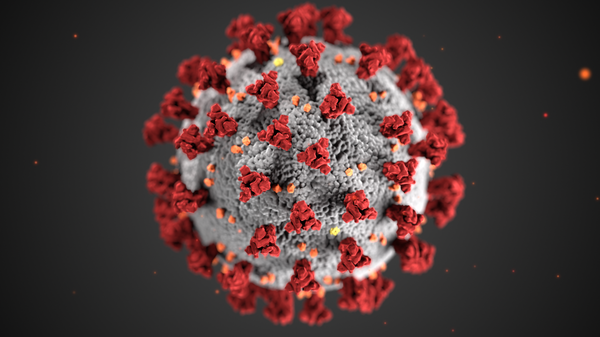According to the new CDC guidelines, “Some infections can be spread by exposure to virus in small droplets and particles that can linger in the air for minutes to hours. These viruses may be able to infect people who are further than 6 feet away from the person who is infected or after that person has left the space.”
The new guidelines add that there is also some evidence that infections have occurred between people who were more than 6 feet apart within enclosed spaces with inadequate ventilation. In some of these cases, the infected person was breathing heavily while singing or exercising, for instance.
“When you have a large concentration of patients who are confirmed positive, staying in hospitals, getting invasive treatments for long periods of time, it’s important to control the possibility of transmission through the air,” Smith told Political Misfits hosts Michelle Witte and Bob Schlehuber.
“So there has always been, in hospitals and in infectious disease wards, ventilation systems - not just for COVID but for all respiratory infections, to ensure that the air gets pulled out of that room and then sort of ejected into the sky outside of the hospital, where it will be defused and where it won’t hurt anyone,” she explained. “So, in hospital settings, precautions are always taken for any respiratory infection.”
“It does seem it will probably affect how people feel about how they carry out daily, day-to-day activities, because we all do spend time with each other indoors,” Smith added.
The CDC guidelines regarding COVID-19 may be undergoing frequent changes because there is still a great deal of uncertainty surrounding the virus, she said.
“I think one of the challenges is not so much, within the science community, what’s true or not. We’re very comfortable with uncertainty; that’s how scientific knowledge is built. I think that [in] the interface, between science and policy, that there’s a lot of discomfort. We’re just not quite sure what to make yet of risk,” Smith said.
“The public would love if we could slap a number on exactly how risky it is when you have this many people in a room for that amount of time, and the fact is that we are really just backing into our knowledge about this,” she added, noting that one of the two main methods of studying the risk of aerosol transmission is through experiments in lab settings.
“The second way that we’re getting this type of information is from case studies,” she added, also noting that scientists still think that the virus is most frequently transmitted through close contact.
“We still do think that the main way this is transmitted is through close contact, face to face, from talking to each other, unmasked. We don’t think it’s as easily transmitted on surfaces,” Smith explained.




